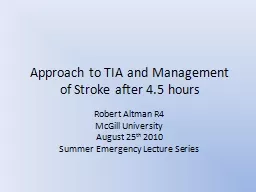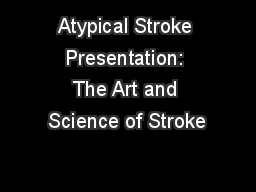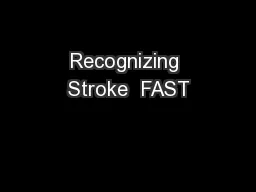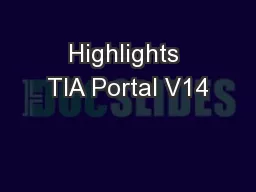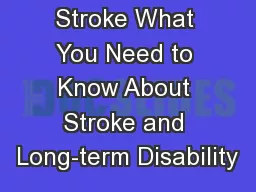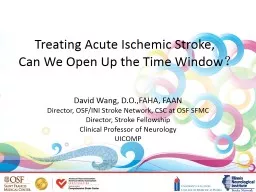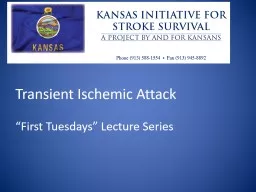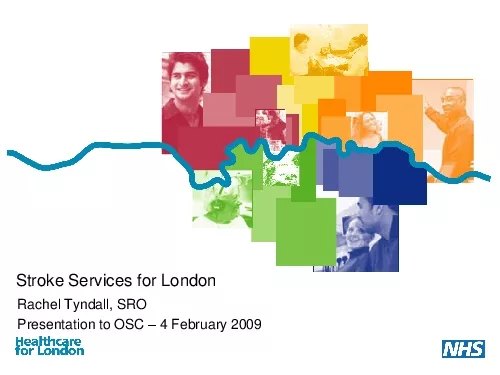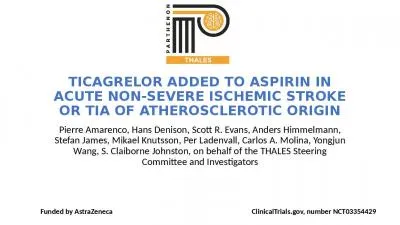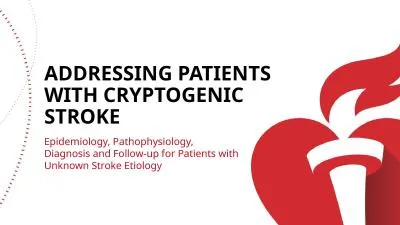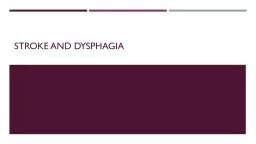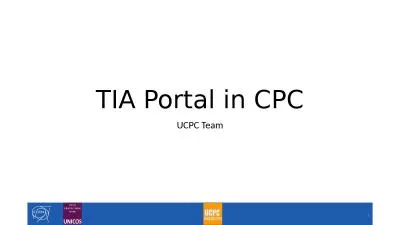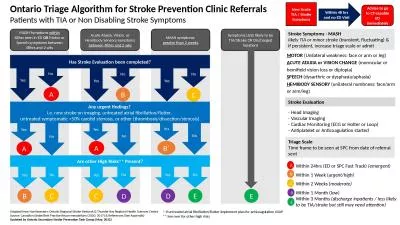PPT-Approach to TIA and Management of Stroke after 4.5 hours
Author : briana-ranney | Published Date : 2019-11-08
Approach to TIA and Management of Stroke after 45 hours Robert Altman R4 McGill University August 25 th 2010 Summer Emergency Lecture Series What to take out of
Presentation Embed Code
Download Presentation
Download Presentation The PPT/PDF document "Approach to TIA and Management of Stroke..." is the property of its rightful owner. Permission is granted to download and print the materials on this website for personal, non-commercial use only, and to display it on your personal computer provided you do not modify the materials and that you retain all copyright notices contained in the materials. By downloading content from our website, you accept the terms of this agreement.
Approach to TIA and Management of Stroke after 4.5 hours: Transcript
Download Rules Of Document
"Approach to TIA and Management of Stroke after 4.5 hours"The content belongs to its owner. You may download and print it for personal use, without modification, and keep all copyright notices. By downloading, you agree to these terms.
Related Documents

